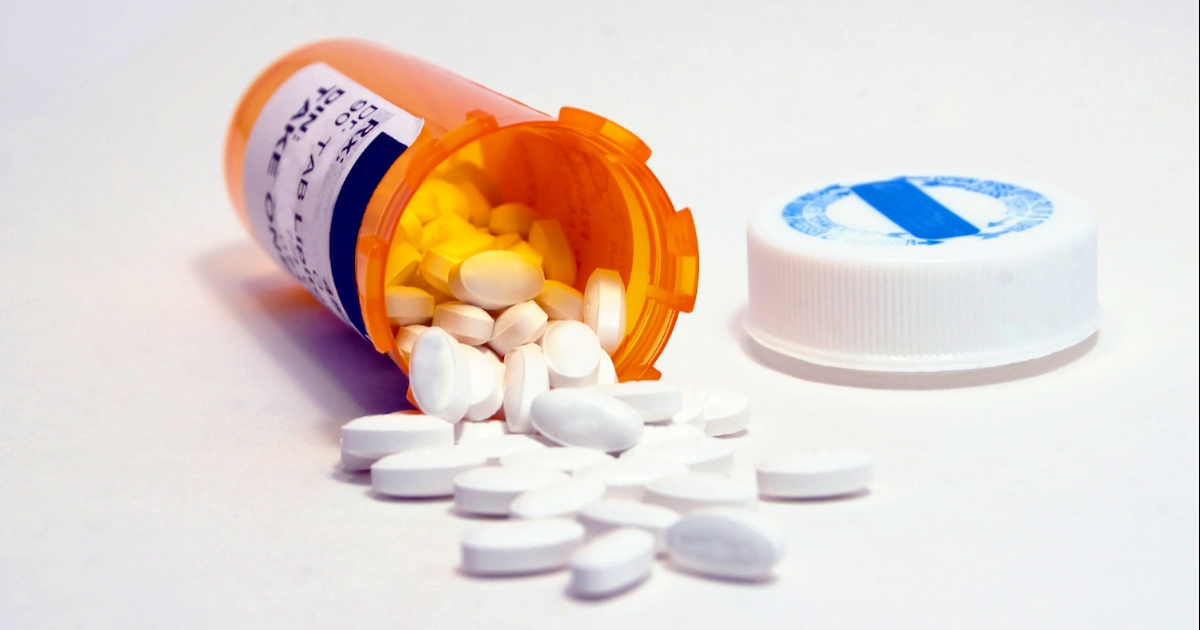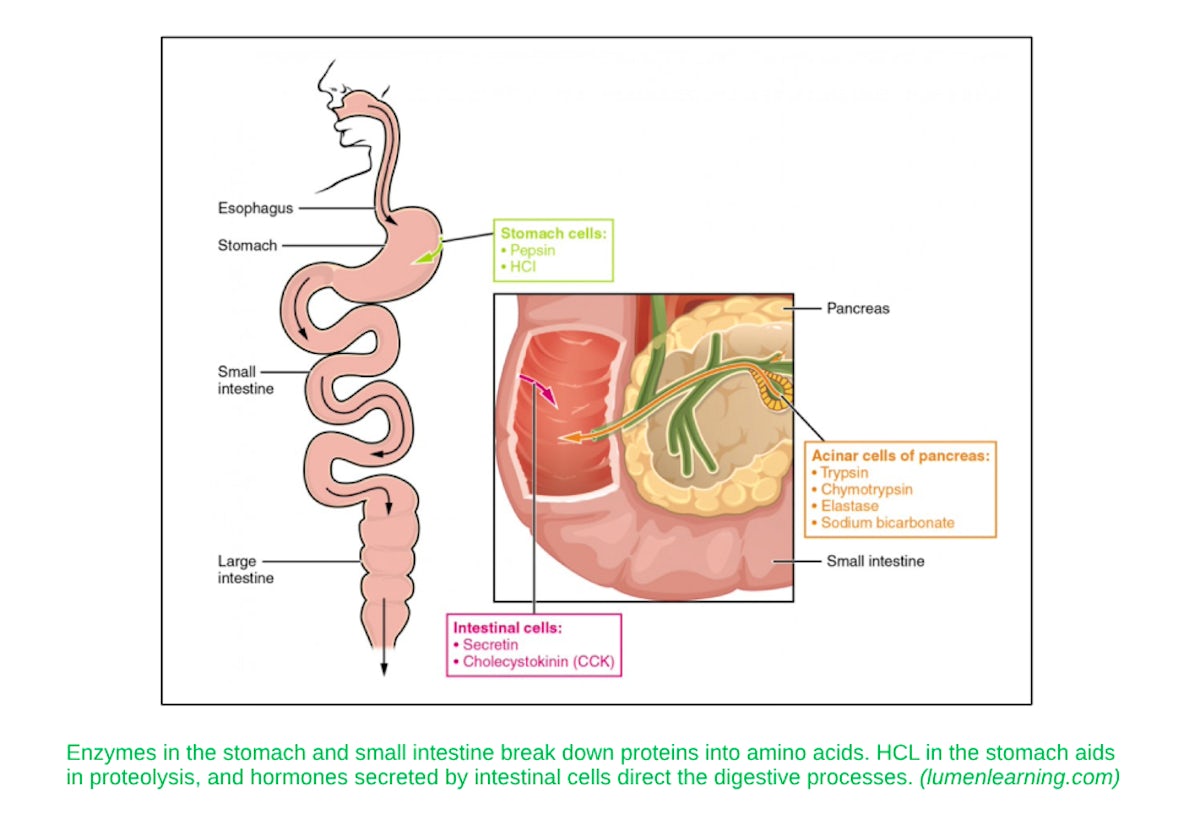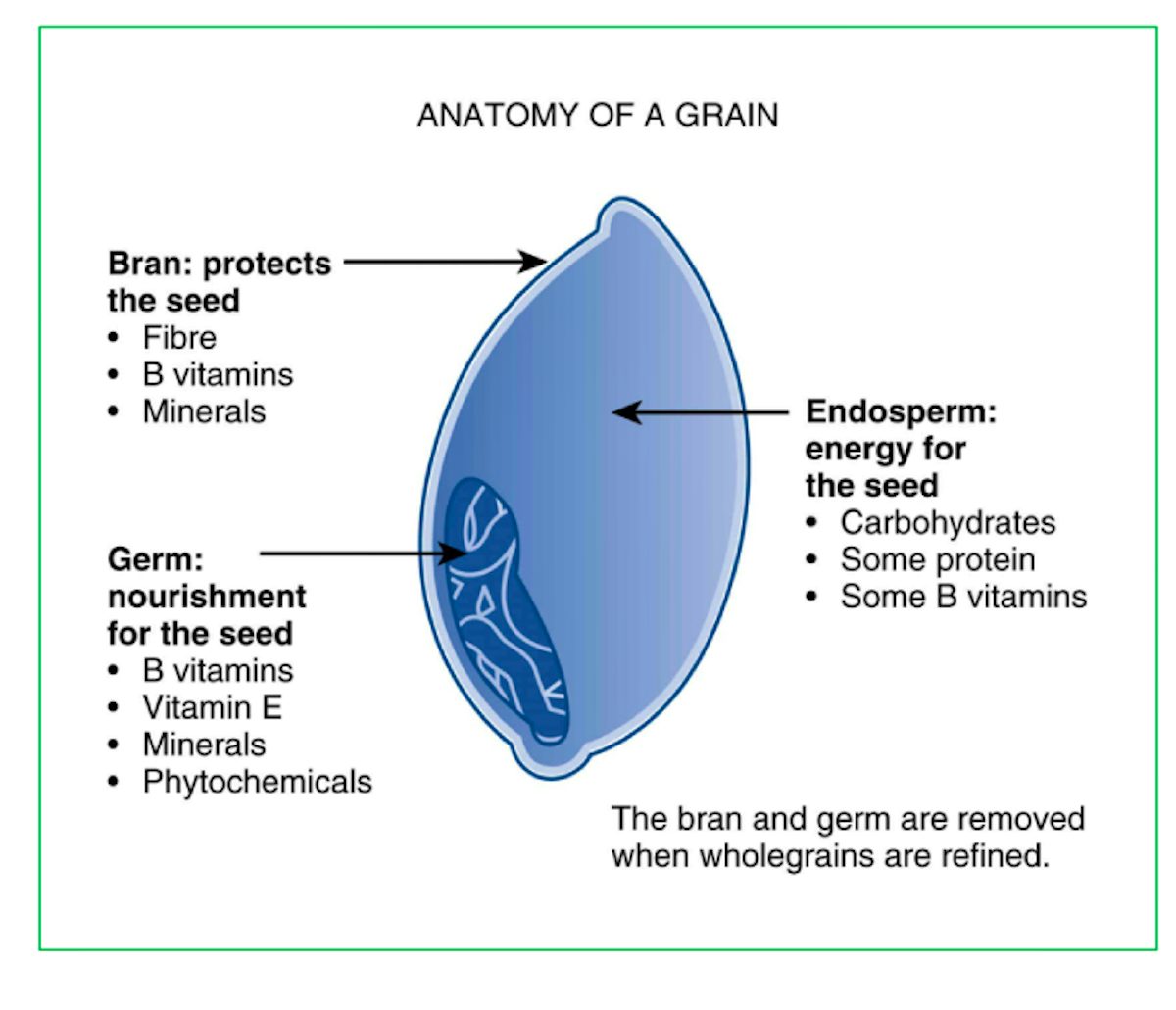
How To Live Without Taking Medication
A leading cause of death in the 1800s was an infectious disease. What about the Stone Age? Trauma while hunting a dinosaur or mal-nutrition was probably a major one. Yet, metabolic issues are the number one killers in modern days. Life expectancy in the Paleolithic was around twenty five and in the 18thcentury American colonies, only twenty eight. According to statistics, the current adult generation will live up to 100, and 120 for the kids, the next generation by being supported by highly advanced medical technology and pharmaceutical inventions. The question is, though, how people can possibly get aged without taking medication or lying on a bed in the later stage of their life for years.
In fact, dietary factors directly affect the human body, leading risks for metabolic syndrome, cardiovascular disease, diabetes, hyperlipidemia (high cholesterol), asthma, depression, arthritis, Alzheimer's and many others, which are characterized by a low-grade inflammation in the whole body.
What kind of food causes inflammation, then? Processed carbohydrates (flour), meat, trans fat, sweets, dairy products, high protein foods such as eggs, chicken, and fish, etc.
Surely, protein is an essential nutrient for the body. Much of the body is made of proteins, and these proteins take on a multitude of forms. They represent enzymes, hormones, cell signaling receptors, signaling molecules, structural members, oxygen and CO2 transporters (hemoglobin), intracellular trafficking components, extracellular matrix scaffolds, ion pumps, and ion channels. There is protein in muscles, tendons, and bones (collagen); the hemoglobin that transports oxygen; and enzymes that catalyze all biochemical reactions. Additionally, protein is used for growth and repairment, and can also serve as a metabolic fuel source.

How much protein people need from their diet varies depending on their weight, gender, age, and health. A person usually needs 0.8 grams per kilogram of body weight a day, or 0.36 grams per pound (A normal adult requires only forty to fifty grams of protein a day). This is the necessary amount to meet the needs of the body, and a typical American diet contains approximately seventy to ninety grams of protein per day, meaning that most individuals far surpass their daily protein requirements.
Physiologically, the liver and kidneys play key roles in the metabolism of proteins. When extra amounts are consumed, it can put the body at risk for increased levels of ammonia, urea, and amino acids in the blood. If amino acids exist in excess, the body has no capacity or mechanism for their storage; thus, they are converted into glucose (sugar), triglycerides (fat), or ketones, and some are decomposed. Amino acid decomposition results in hydrocarbons and nitrogenous waste. However, high concentrations of nitrogen are toxic. Although the urea cycle processes nitrogen and facilitates its excretion from the body, remaining by-products from the entire process of breaking down proteins cause inflammation in the body as foreign substances. Consequently, a high protein intake could not only damage the liver and kidneys, but also cause autoimmune diseases in the end.
Although the body can synthesize proteins from amino acids, food is an important source for those amino acids especially because humans cannot synthesize all of the 20 amino acids used to build proteins.
Protein is found in a wide range of food, and high protein food come from animal and plant sources such as meat, chicken, fish, eggs, dairy products, seeds, nuts, and legumes. However, the body handles animal and plant proteins in a different way. For instance, within hours of consuming animal proteins, the kidneys become more stimulated into a hyperfiltration mode, dramatically increasing the kidneys’ workload, contrary to unnoticeable stress on the kidneys when taking an equivalent amount of plant protein.
Researchers discovered that the hyperactive response to animal proteins was triggered by inflammation. Animal proteins may also increase cancer risk. IGF-1, insulin-like growth factor 1, is a cancer-promoting growth hormone that is released in excess amounts when people eat animal protein. Thus, the answer is to take in the proper amount of plant-based proteins in daily life.
It can be stated that humans have the most complicated life among all creatures on this planet. Because of that, it is challenging to keep up with healthy diets, and they tend to be much easier said than done. Prepared, fast food is convenient to grab and allows people to save time, so that they can get going. As a matter of fact, it tastes fantabulous, too. When technology gets smarter, people feel happier! When a rocket lands on Mars, people have an overall better quality of life!
If anybody has a problem agreeing with that idea, he or she'd better pursue a simple life.
An old Shaker hymn says:
‘Tis the gift to be simple,
‘Tis the gift to be free,
‘Tis the gift to come down where you ought to be,
And when we find ourselves in the place just right,
‘Twill be in the valley of love and delight.
When true simplicity is gained,
To bow and to bend we shan’t be ashamed.
To turn, turn will be our delight
‘Till by turning, turning we come round right.
A true simplicity will unravel a skein of yarn in many people's lives socially, mentally, physically, and spiritually. A simple, boring diet, so-called the Sim-Bo Diet, can contribute to the simplicity, maximizing the possibility of getting aged without having to take medication. Simply, there are only three main branches - brown rice, fruits, and veggies.

Brown Rice
Brown rice refers to the rice as a whole grain. It is important because the less processed the grain, the more nutrients preserved. The bran and germ, the two outer layers of brown rice, contain most of the vitamins and minerals in the grain. Those layers get removed when manufacturers make white rice to satisfy people's taste.
Brown rice has a low glycemic index (GI), meaning that it does not cause the glucose level to spike after consumption.
Fiber (bran) helps reduce the speed of sugar (germ) absorption. Brown rice also contains high levels of magnesium, which allows people to be less vulnerable to heart disease and stroke.
Since brown rice has more dietary fiber than white rice, it allows people to feel satiated longer while taking in fewer calories, which lets the body consume extra fat as energy source. Brown rice provides protein, carbohydrates, fibers, calcium, iron, phosphorus, selenium, Thiamine (Vit. B1), and Pyridoxine (Vit. B6). It is also rich in phenols and flavonoids, two types of antioxidants.
Fruits
/teamFruits contain 85% to 90% of water, and the rest is full of protein, fat, carbohydrates, vitamins, minerals, fibers, and antioxidants. What are the antioxidants?
Various metabolic processes in the body cells constantly produce the free radical oxidants such as reactive oxygen, nitrogen, and sulfur species. The body does have an antioxidant defense system that prevents oxidative damage caused by these reactive oxidants and plays a major role in protecting cells from oxidative stress. Oxidative stress raises the risk of heart disease, cancers, type 2 diabetes and many other chronic diseases. Antioxidants, such as thioredoxin, glutathione (GSH), ascorbic acid and enzymes counter the oxidative stress and protect lipids, proteins, and DNA. Antioxidants such as flavonoids, amino acids, tocopherols, ascorbic acid, and carotenoids, are also natural antioxidants present in foods.
The proper amount of fruits for an average person is about 450 grams (8.4 oz) a day. If they are diabetic, it should be limited, along with fruits containing high levels of fructose. In reality, the largest single contributor to fruit intake is orange juice unfortunately. Research clearly shows that glucose levels do not shoot up when intaking the whole fruits, unlike juiced ones. Fresh, seasonal fruits in people's meals will slow down the aging process.
Vegetables
Adolescents in the US consume fried potatoes, which ironically account for about one-third of the "vegetable intake." Real veggies are abundant of nutraceutical benefits. They not only contain the highest concentrations of vitamins, minerals, and other protective phytochemicals which lower inflammation, but also are rich in antioxidants. Inflammation is a common pathophysiological mechanism underlying most chronic diseases.
Leafy greens should be the essential for the veggie category, although a plate should also be filled with various kinds for consuming all necessary proteins from veggies. Around 210 grams (7.4 oz) per day is recommended for those who have no underlying conditions. Ones who have hypothyroidism should avoid high levels of Brassica vegetables (e.g., cabbage, turnips, Brussels sprouts, rutabagas, broccoli, cauliflower, bok choy).
Potassium-rich veggies, such as Raw Swiss chard, spinach, and beet greens, should be steamed for chronic kidney disease (CKD) patients. Each individual has a different ability to process their daily consumption of veggies, so a balanced intake is always worth remembering to maintain. Ones who take any prescribed medication must consult with their primary doctor.
The Sim-Bo Diet
Hippocrates said,
"All disease starts in the gut."
"Our food should be our medicine and our medicine should be our food."
"Just as food causes chronic disease, it can be the most powerful cure."
"The wise man should consider that health is the greatest of human blessings. Let food be your
medicine."
"If someone wishes for good health, one must first ask oneself if he is ready to do away with the reasons for his illness. Only then is it possible to help him."
The Sim-Bo Diet suggests the most effective and simplest way to improve one's body condition, while supplying all of the necessary nutrition. Organic brown rice, fruits, and veggies at the ratio of 3:2:1. People can decide which way they should go, after committing themselves to staying on the strict Sim-Bo Diet and nothing else for six months.
A study on the Sim-Bo Diet proves that people have less pain due to lowered inflammation, and can even get off medication that they already have been taking for various issues. Ones change their diet, but it will change their life.
Supplements
Vitamin C will help to absorb minerals which might be interfered by fibers in brown rice. Four grams of Vit. C a day is highly recommended. Preferably two grams in the morning, and two in the evening, right after a meal to protect the stomach wall.
Additionally, maintaining a healthy gut flora, a complex ecological system formed by indigenous prokaryotic and eukaryotic microbial cells in the digestive tracts, is beneficial for both the digestive system and immune system as well. Thus, probiotics will definitely help maintaining peace in the world of microorganisms.
The benefit of taking multi Vitamin is still controversial, but it is optional as a backup for any potential deficiency. However, it is recommended for those over the age of fifty.
Our Team can help you. Make an appointment today!
Schedule an Appointment


Dr. Guy Trimble
Dr. Trimble has been practicing since May of 2000. He is an ILWU, auto accident and work injury specialist with extensive experience with rehabilitation. Dr. Trimble is an expert in treating Neck Pain, Midback Pain, Low Back Pain, Shoulder Pain, Elbow and Wrist Pain. He can also treat Knee Pain, Ankle and Foot Pain. Has extensive training multiple chiropractic techniques, and uses many different modalities in his practice. Those modalities include chiropractic adjustments, electrical stimulation, ultrasound, myofascial release, and Extracorporeal Shock Wave Treatment (ESWT).